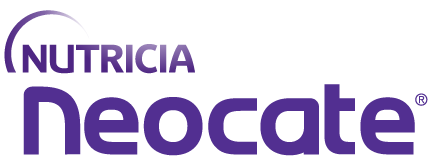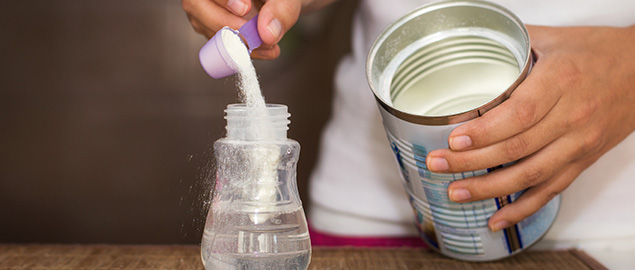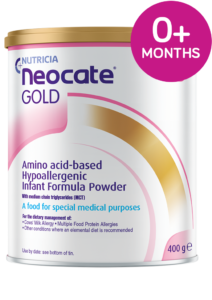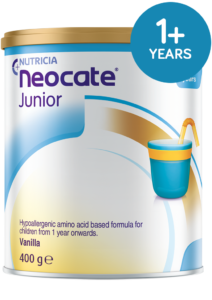My child has been diagnosed with a cows’ milk allergy, what do I do next?
Key takeaways
- When diagnosed with cows’ milk protein allergy, cows’ milk needs to be removed.
- Elimination of cows’ milk protein from the maternal diet may be necessary for breastfed babies
- Specialised formulas such as extensively hydrolysed formulas and amino acid formulas may be required for infants with cows’ milk protein allergy
- How to identify cows’ milk protein in foods when introducing solids

The first step should always be to consult your healthcare professional.
Treatment of cows’ milk protein allergy (CMPA) involves the removal of all foods containing cows’ milk protein from the diet. Cows’ milk and dairy products, however, are an essential source of calcium, energy, protein and other nutrients. For children that need to avoid cows’ milk due to an allergy, it is important to include non-dairy substitutes to ensure they receive all the nutrients they need for growth and development.
If you are breastfeeding …
Breastmilk is the best nutrition for babies. It helps prevent infections, may prevent the development of other allergies and protects against a number of diseases later in life.1 Although it is uncommon, some exclusively breastfed babies will still develop cows’ milk protein allergies. This is due to the cows’ milk protein that is consumed in the mother’s diet, passing through the breastmilk to the baby.2
After diagnosis of cows’ milk protein allergy, some breastfeeding mothers may need to remove cows’ milk protein from their diet.3 It is important that you confirm this with your child’s medical specialist before making any dietary changes. If elimination of cows’ milk protein is needed, it is essential that you replace milk and dairy products with suitable non-dairy alternatives in your diet. This will ensure that both you and your baby receive enough calcium and other important nutrients that are found in dairy products. You may be referred to a dietitian to help you through this process.
If your baby is bottle-fed…
If you are feeding your baby a formula already, there are many lergy specific formulas available. These range from formulas containing ‘broken down’ cows’ milk protein (known as extensively hydrolysed formulas ‘eHF’) to formulas that contain no cows’ milk protein at all, called amino acid-based formulas (AAF). Most babies do not react to extensively hydrolysed formulas and can manage cows’ milk protein allergy with this formula2. For particularly sensitive babies, they may require an AAF. Please consult your healthcare professional (doctor and/or dietitian) regarding suitable options.
If your child has started on solids…
If your child has started on solids, the treatment of cows’ milk protein allergy involves removing all foods containing cows’ milk protein from their diet.3 If your child is under 12 months of age, they will still need to continue on breastmilk and/or an allergy specific infant formula in addition to solids.1
Cows’ milk protein is found in many of the foods we eat. Children with cows’ milk protein allergies will need to avoid all dairy products, like milk, cheese and yoghurt. Cows’ milk protein is also often found in many processed foods, so it is important to learn to read food labels and check them carefully. As dairy provides calcium and other nutrients, alternative sources of these foods need to be included in your child’s diet. An Accredited Practising Dietitian can help guide you through this process and advise you on choosing suitable non-dairy substitutes.
This article is not intended to be a substitute for medical advice. Always consult your doctor.
References:
- National Health and Medical Research Council. 2012. Australian Infant Feeding Guidelines: Information for Health Workers. Australian Government. Available from: https://www.nhmrc.gov.au/guidelines-publications/n56 (Accessed July 2021)
- Vandenplas, Y et al. Guidelines for the diagnosis and management of cows’ milk protein allergy in infants. Arch Dis Child. 2007;92:902-908.
- Australasian Society of Clinical Immunology and Allergy (ASCIA). ASCIA Dietary avoidance – cow’s milk protein (dairy) allergy 2021. Available from: Cow’s milk protein (dairy) – Australasian Society of Clinical Immunology and Allergy (ASCIA) (Accessed July 2021)






